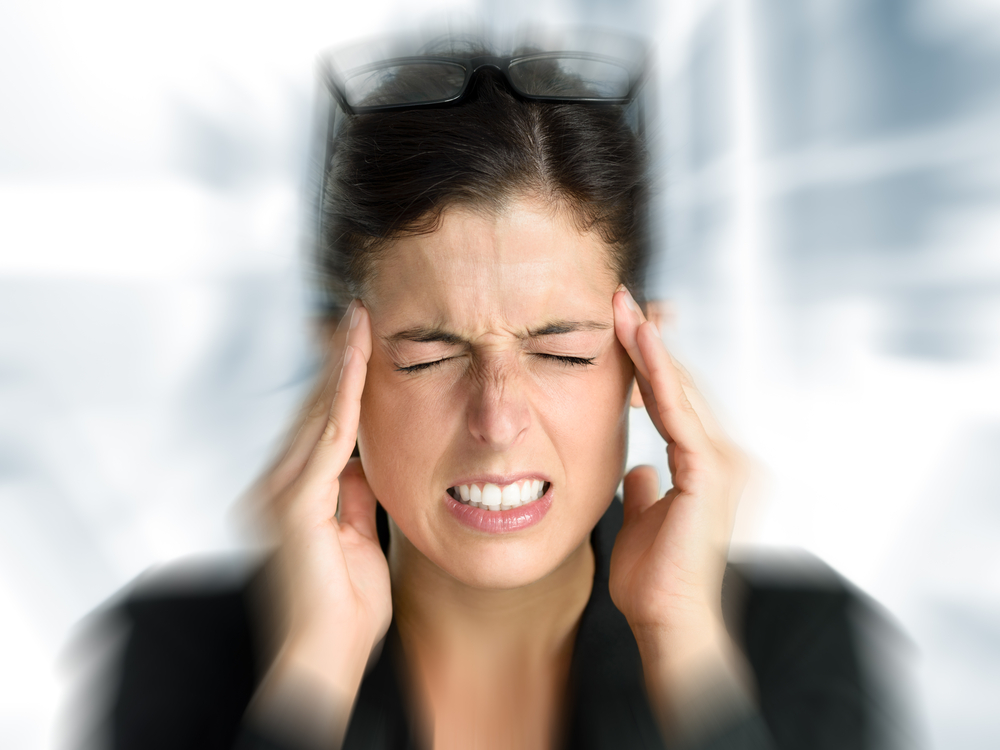Headaches. Most of us get them, but what causes them? While medical professionals do not yet have a complete understanding of this common yet often wildly varying type of pain, there are answers on how to identify a headache and how to treat them. Here is a brief look into what can lead to a headache, a few types and ways to treat them.
There are more than 150 different types of headaches. As one of the most underestimated and under-recognized conditions throughout the globe, headaches have been consistently under-treated. This is surprising as they are so common. In fact, half to three-quarters of adults 18 to 65 years old around the world report having one in the last year.
Why do so many of us get headaches? The answer isn’t that simple; the causes range and there are many possible triggers that can lead to a headache. This pain is typically the result of chemical changes and signals being sent to the brain, surrounding nerves and blood vessels. Triggers for this type of reaction can include excessive medication; use of alcohol or tobacco; changes in the weather; as well as strain in the neck or back caused by poor posture.
What are some of the different types of headaches? First, they can be broken into two categories: primary and secondary. Primary headaches are when the headache is the condition itself, whereas secondary headaches are a manifestation from something else happening in the body. Primary headaches — such as migraine — are what drive most people to visit the doctor. Treating secondary headaches begins by addressing the structural cause. Such causes could be head injury, changes in hormones, withdrawal from caffeine or high blood pressure. Being able to accurately identify the category and type is important for treatment and relief.
Managing a headache can begin before the start through preventive measures. Headache prevention depends on the category, type of headache and an understanding of the triggers specific to an individual. However, once someone can confidently identify his or her triggers, he or she can work to eliminate or minimize them. Strong perfumes, lack of sleep and seasonal allergies are just a few additional examples. If unable to identify what’s triggering a recurrent headache, it’s advised to see a specialist for a personalized approach.
Treating headaches at home can include taking over-the-counter pain relievers, applying hot or cold packs to the head, performing stretching exercises, or even going for a walk. It’s found that tension headaches are often caused by poor posture. Improving posture or seeking massage therapy, acupuncture, dry needling and other alternative treatment methods from a physical therapist or chiropractor can help alleviate tension headaches when over-the-counter pain relief is not enough.
If you suffer from headaches and can’t find relief, speak with your health care provider for help determining the right treatment strategies to work for you. For more information on the types of headaches and how to treat them, please see the accompanying resource by One Wellness Utah.










